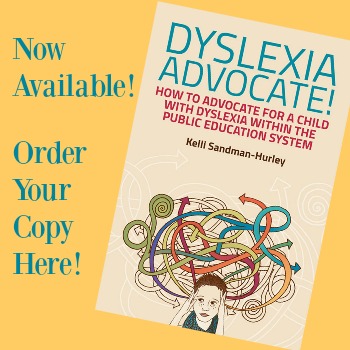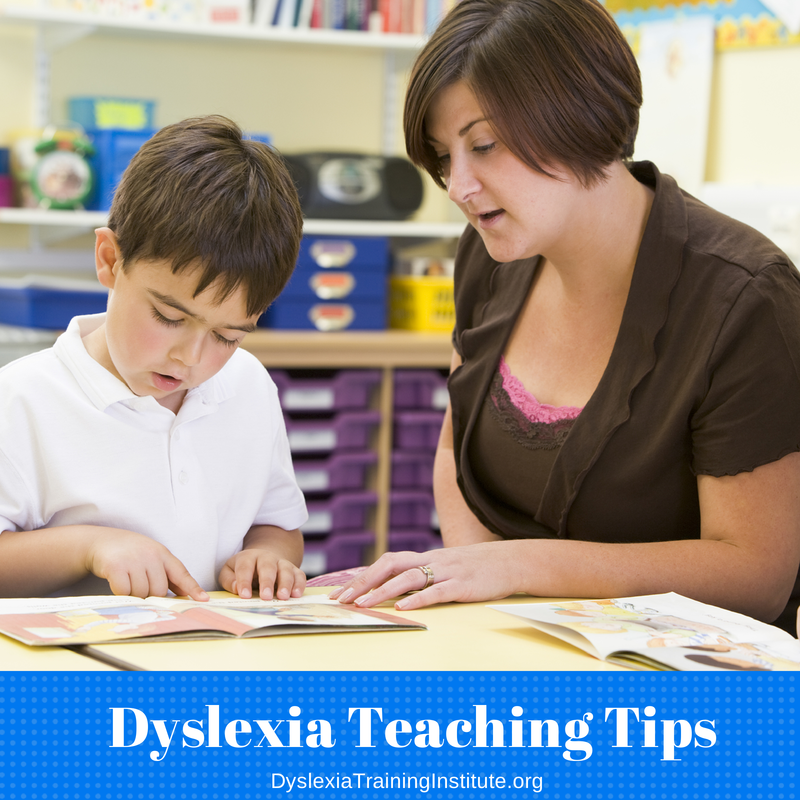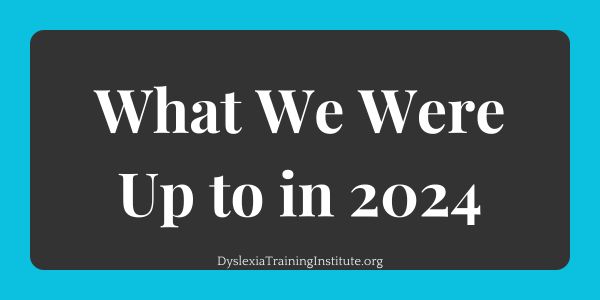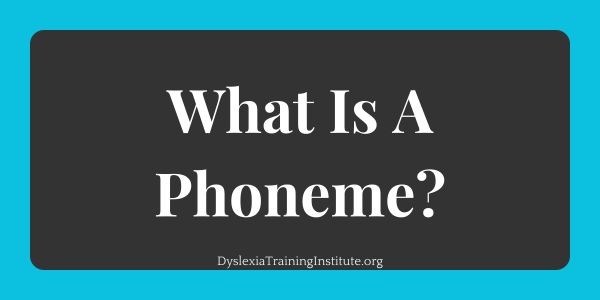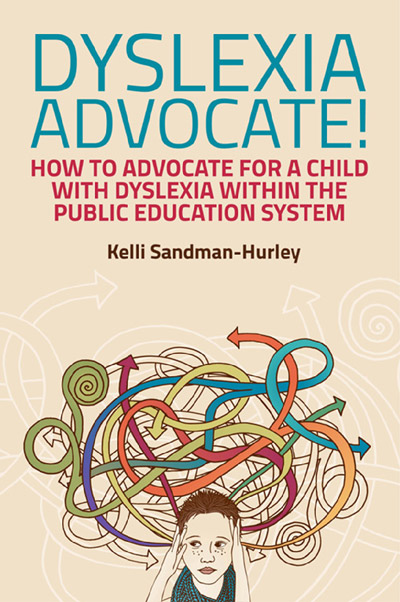As a parent, school processes can feel tediously slow. You wait for a meeting, only to be told that this meeting will end in…another meeting. All the while, the evidence that your child needs help is right in front of you. For parents of children with dyslexia, or suspected dyslexia, school processes can seem tedious and you may find yourself asking: can I just skip this altogether?
The short answer is yes. But there’s more to it than that.
Understanding MTSS
Many schools use a multi-tiered system of support (MTSS, also called RTI or Response to Intervention) to support students who struggle to learn to read or do math. MTSS is a system that includes multiple levels or “tiers” to identify and provide support for students. In MTSS, once teachers have identified that a child has a need in an area, they provide interventions to remedy the deficit and clarify the need. The idea is to reteach and reinforce any skills the student may have
missed, and to identify whether or not the student’s difficulty may be the result of a learning disability and require special education.
The timeline will vary by school, but interventions typically last six to eight weeks. Interventions can look many different ways and the approach may differ from school to school. One school may use a program-based approach and provide the same intervention program to every student who is struggling with reading, while another school may take a problem-solving approach and provide each student with a different intervention. There is no right or wrong way to provide interventions, the goal is to learn more about how the student learns and whether or not their difficulties could be caused by a learning disability.
One goal of MTSS is to capture data about how the student learns and track the data over time. If the child does not make the expected progress, the team (the parents and school staff) will review student progress data along with information from a comprehensive psychological evaluation and input from the parents and teachers to determine whether or not the student has a specific learning disability or SLD (dyslexia falls under the federal law disability category of SLD). In this process, MTSS data can be helpful, but it is not the only or even the most important data point that determines eligibility for an IEP.
So, if you find yourself talking with the school team about next steps for your child who is struggling, and six weeks feels like too long for your child to continue to struggle, can you skip MTSS?
Yes.
The US Department of Education specified that an evaluation for SLD must include a variety of assessments and must not use only one measure to determine eligibility for an Individualized Education Plan (IEP). So, results from MTSS should never delay an evaluation and students can be in intervention while receiving an evaluation (IDEA, 2011).

Why Might You Want to Skip MTSS?
If your child is struggling and you have already had a comprehensive evaluation completed, then it can be worth bringing the information to the school team to determine eligibility using the information that you have. If your child has a clear pattern of struggling with reading, and the psychological evaluation provides additional support, the team can use that to determine a diagnosis. An IEP provides specially designed instruction for a student’s area of need, so it can be beneficial for students to start working with the special education teacher who will provide their IEP services as soon as possible.
Why Might You Want to Continue MTSS?
If there is some question about the exact concern or reason your child is struggling, it can be beneficial to continue with intervention. Additional data is collected during intervention, and you can use that to identify the specific concerns and skills. But don’t wait too long…
What if You Want an IEP, But the School Wants to Do MTSS?
Suggest that the evaluation and MTSS run concurrently. Your child will receive intervention while they are having the evaluation completed, which shortens the overall timeline. Three things to consider:
The Time of Year
If you are meeting early in the school year, there is enough time to complete interventions and an evaluation. The later in the year you are meeting, the faster you as a parent want everything to be completed (technically, an evaluation can happen over the summer, but it is more difficult).
The Type of Intervention
Ask about the type of intervention that your child would receive. If it is not a structured literacy intervention, it’s not going to provide the type of literacy intervention that a child with dyslexia requires.
Timeline for Data Review
You can request to review intervention data after three to four weeks instead of six to eight weeks, shortening the time between meetings.
In any meeting about your child, know that you are an important member of the team and can make suggestions and request that the process be implemented with efficiency, even if that means skipping the school’s MTSS process.
Want to learn more about special education and dyslexia? Enroll in the Dyslexia Advocate Program.
Source
IDEA. (January 21, 2011). OSEP Memo 11-08 Response to Intervention.
https://sites.ed.gov/idea/idea-files/osep-memo-11-07-response-to-intervention-rti-
memo/
Author
Samantha Cleaver, PhD, has more than 15 years of experience teaching students with learning disabilities, including dyslexia. She has a passion for teaching reading to students with disabilities and earned a PhD in special education and reading intervention from the University of North Carolina at Charlotte.

